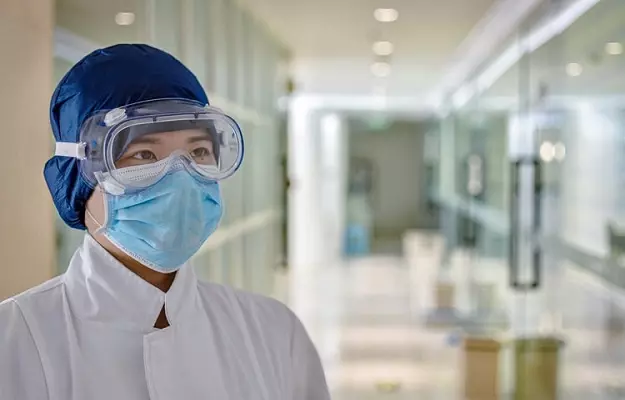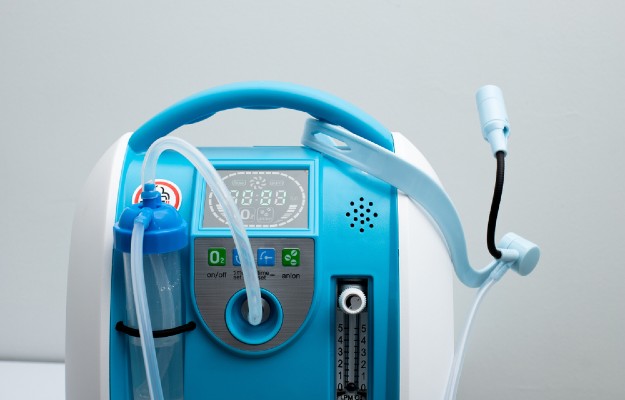With the novel coronavirus, SARS-CoV-2, spreading around the world, doctors and nurses are working double shifts in the emergency and isolation wards to make sure that no COVID-19 patient goes unattended.
These medical professionals are risking their lives in order to treat the flood of patients affected by the new coronavirus infection. As per a report published in The Lancet - a highly regarded peer-reviewed journal - on 21 March 2020, 20% of the working medical professionals in Italy have gotten COVID-19 - some have even died.
In this hour of need, they cannot do anything but help the affected people. Personal Protective Equipment (PPE) is the only thing that can protect medical professionals from this highly infectious disease.
If you are a medical professional reading this, we salute your spirit of service. And want to emphasize that PPE is recommended by the health ministry for medical professionals providing care to COVID-19 patients. Here in this article, we will tell you the 10 steps to put on PPE properly to ensure maximum protection.




























